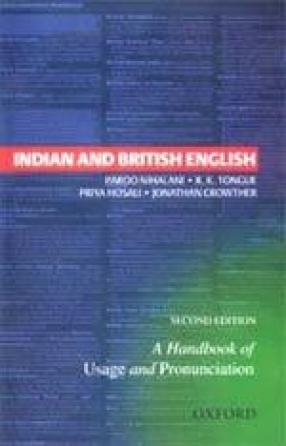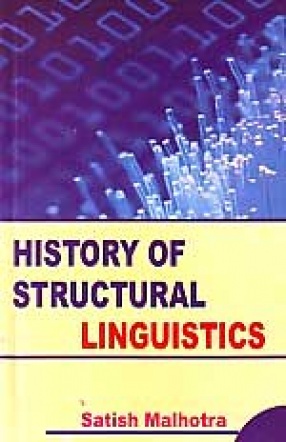India’s contact with the West has resulted in the distinctive vocabulary of Indian English. This vocabulary which began in the seventeenth century has now grown into a substantial body of words, with influence from Indian words, Arabic or Persian terms as well as a large number of miscellaneous words of Asian origin, not necessarily from India. This book, written for easy reference in the form of a dictionary, also contains many European words that have been Indianized. The development of ‘world Englishes’ is a significant factor in the spread of English as a first or second language worldwide – of interest to philologists, students and teachers alike. Since English is widely spoken in India, Indian speakers (and writers) of English find it useful to recognize the many, often quite subtle, ways in which Indian English differs from standard British English usage, and where these differences are regarded as acceptable or substandard. The many examples which supplement the text are a distinctive feature of the book. The text is also a handbook for all users of English who are uncertain of the ‘correctness’ of their speech and writing, as well as anyone who wants to refer to differences between Indian and British uses of English words and phrases. It also addresses special problems faced by those who are learning English, and the difficulties of recognizing nuances of meaning and usage. The second edition includes additional information on collocation (the tendency of words to be used together in fixed phrases). This book is an invaluable reference guide for students and teachers of English.
History of Structural Linguistics
$51.30
$57.00




There are no reviews yet.